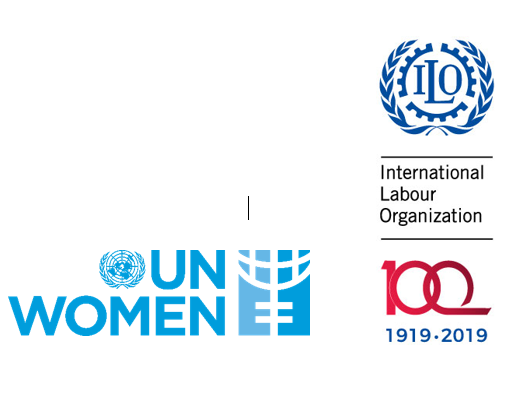Sexual harassment involves sexualized forms of unwanted or unwelcome behaviour or conduct. It has the “purpose or effect of violating the dignity of a person and of creating an intimidating, hostile, degrading, humiliating or offensive environment.”[1] Although anyone may be subject to sexual harassment, women are the overwhelming majority of reported victims.
“Sexual harassment includes such unwelcome sexually determined behaviour as physical contact and advances, sexually coloured remarks, showing pornography and sexual demand, whether by words or actions. Such conduct can be humiliating and may constitute a health and safety problem; it is discriminatory when the woman has reasonable ground to believe that her objection would disadvantage her in connection with her employment, including recruitment or promotion, or when it creates a hostile working environment.”
(United Nations Committee on the Elimination of All Forms of Discrimination against Women (CEDAW), General Recommendation No. 19, Violence against Women, paragraph 18, XI session, 1992.)
Sexual harassment can be physical, psychological, verbal and non-verbal and can include conduct such as: sexual violence and assault, including rape; unwelcome requests for sexual favors and dates; unwelcome touching; leaning over; cornering; stalking; making sexually-lewd comments or unwelcome communications of a sexual nature, including displaying or sharing sexually lewd pictures and pornographic material.
In the European Union, physical sexual harassment is the most commonly-reported form of sexual harassment, followed by verbal and non-verbal sexual harassment. Overall, 29 per cent of surveyed women in the European Union had experienced “unwelcome touching, hugging or kissing”; 24 per cent had been subjected to “sexually-suggestive comments or jokes that offended them”; and 11 per cent to non-verbal forms including cyber harassment, such as “unwanted, offensive sexually-explicit emails or SMS messages, or offensive, inappropriate advances on social networking sites” (FRA, 2014, p.96). A national survey by the Australian Human Rights Commission in 2018 found that, in many cases, harassment was ongoing over a long time period (Australian Human Rights Commission, 2018). Offensive, sexually suggestive comments or jokes were the most commonly-reported form of workplace sexual harassment, experienced by one in four women and approximately one in ten men.
The ILO Committee of Experts on the Application of Conventions and Recommendations (CEACR) includes sexual harassment in the context of the Discrimination (Employment and Occupation) Convention, 1958 (No. 111) as a particular form of discrimination on the basis of sex, and notes that definitions of sexual harassment often include both quid pro quo and hostile environment as elements of sexual harassment.
- Quid pro quo involves:
(1) “any physical, verbal or non-verbal conduct of a sexual nature and other conduct based on sex affecting the dignity of women and men, which is unwelcome, unreasonable, and offensive to the recipient; and” (ILO, 2003, p.463)
(2) “a person’s rejection of, or submission to, such conduct is used explicitly or implicitly as a basis for a decision which affects that person’s job.” (ILO, 2003, p.463)
- Hostile work environment involves “conduct that creates an intimidating, hostile or humiliating working environment for the recipient.” (ILO, 2003, p.463)
For example, a quid pro quo pattern of sexual harassment occurs when approval or rejection of a sexual proposition is the basis for a decision regarding appointments, career progression, salary increases and bonuses, allocation of work and tasks, or contract extension or renewal. Hostile environment sexual harassment, for example, may include unwelcome or humiliating jokes or comments of a sexual nature, or portrayal of offensive sexually-explicit materials.
[1]As defined in European Union Directive 2006/54/EC of the European Parliament and of the Council of 5 July 2006 on the implementation of the principle of equal opportunities and equal treatment of men and women in matters of employment and occupation (Recast) (OJ L 204, 26.7.2006, pp. 23–36).
